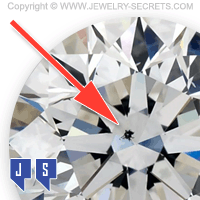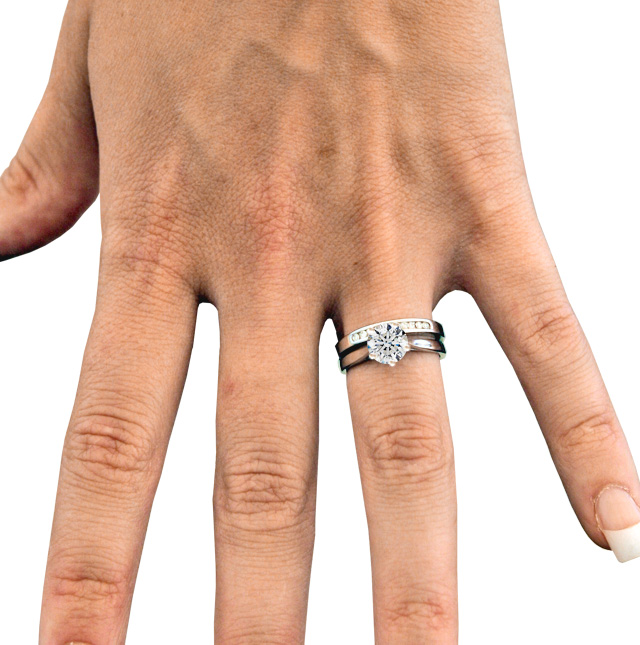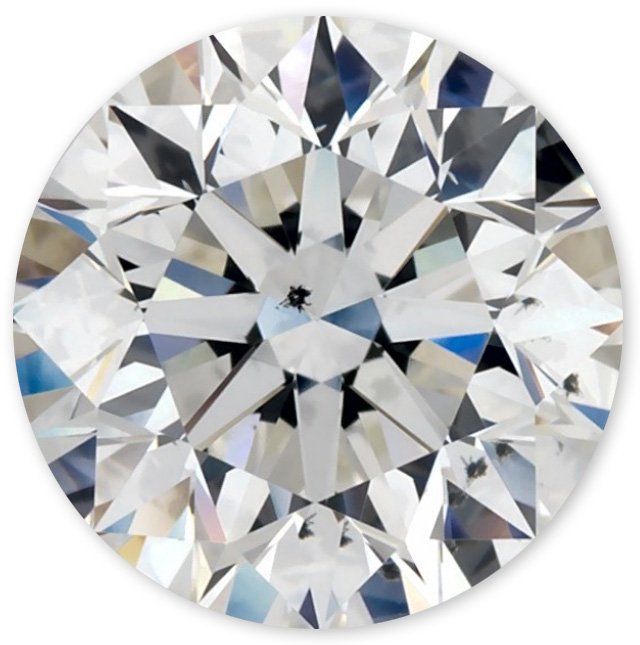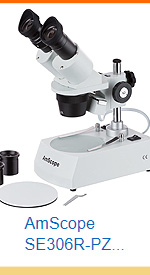VISIBLE INCLUSIONS IN AN SI1 CLARITY DIAMOND
CAN YOU REALLY SEE INCLUSIONS IN AN SI1 DIAMOND?
This post contains affiliate links. If you use these links to buy something I may earn a commission. Thanks! As an Amazon Associate I also earn from qualifying purchases.

Many people get a little confused with SI clarity diamonds. Some believe you can see inclusions in them, others say they are eye-clean and have no visible inclusions.
Which is correct?
Well… Both are, really.
And that’s because everybody’s vision is different. For most people, most inclusions in SI clarity stones are invisible, only seen under a 10x microscope. And others, with bionic vision, can see flaws pretty clearly.
But there is also more than that. Because some SI diamonds, do have pretty obvious flaws, way more than others…
First off, let’s define SI clarity and take a closer look…
SI clarity is 2 clarity ranges: SI1 and SI2
- SI1 Clarity: SI1 clarity is the better of the two grades. It’s at the higher end, right underneath VS2. SI clarity diamonds do have small flaws, but most fall outside of the table, where the imperfections are generally hidden under the crown facets.
- SI2 Clarity: SI2 diamonds can have more visible flaws that often gravitate more in the center of the stone, and are harder to spot with the eye (easy to see under a microscope), and usually pretty easy to see from a side view (looking through the base, or pavilion of the diamond).
So most people, with normal eyesight, won’t see the flaws in either stone looking at their ring.
But there are occasions in SI diamonds where the flaws do get big enough and are very easy to observe.
Like this SI diamond below:
Take a peek at this diamond, you can’t miss that black carbon spot…
Now here’s the crazier thing…
That diamond, which at first glance, would lead you to believe it’s an SI2 quality…
But it’s not…
It’s an SI1 clarity diamond!
View this diamond here at James Allen.
Almost shocking. I mean, look at the size and placement of that flaw.
But there is something that needs to be noted here, especially when viewing diamonds online…
That diamond you see it magnified 10 times. Meaning, that’s what you would see under a microscope.
Under a microscope, all inclusions show up, even in much much cleaner diamonds, and even in internally flawless stones.
Granted, this SI1 is an exception, it does have one big identifying mark, but look at the rest of the diamond; almost perfect.
So there is a balance here.
But the real test is viewing that stone under normal conditions, with you eye, at hand length.
Take a view of that SI1 diamond now…

Now the diamond looks totally different. Sure if you get super close to the stone, and really tilt it in the light at just the right angle, you might just catch a glimpse of that dark spot. But who does that?
SI is the clarity that divides visible flaws
Diamonds below the SI clarity range are what they call Imperfect. These are I1, I2, and I3 clarity grades. They DO have pretty obvious imperfections in them. That’s why they are called imperfect, and always why you can get great deals on them.
Diamonds higher than the SI range are in the VS range. These have very small inclusions, and 99.9% of the time, all the flaws are always hidden, unless you magnify them. And even then, they may be quite difficult to spot.
SI is the best range to get a clean diamond, and still stay affordable. That’s why I always recommend SI1 clarity diamonds. They look great, and won’t break the bank.
See some ideal SI1 clarity diamonds here at James Allen.
Cheers! :)



















Leave a comment